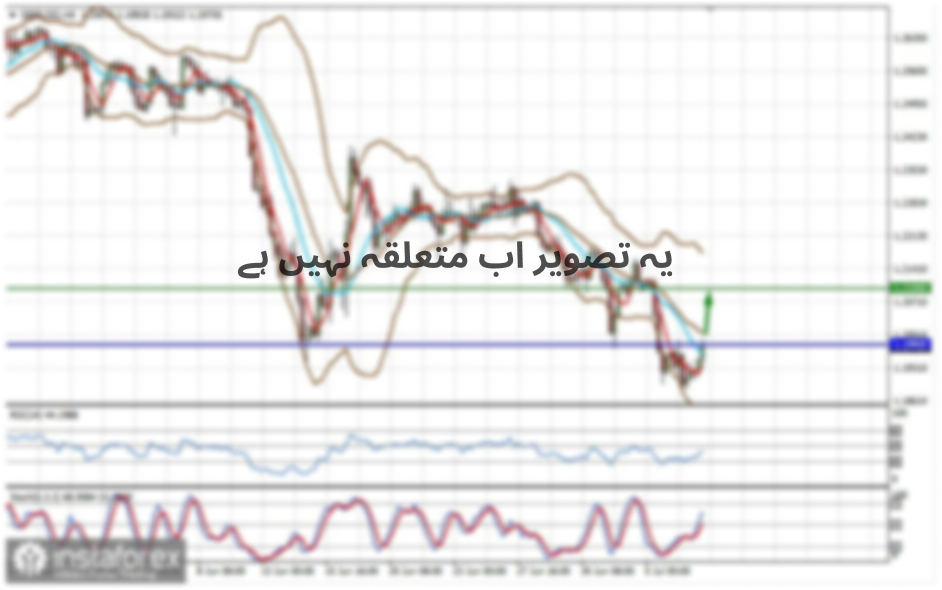Gold, the Swiss franc, the yen - all these trading instruments considered as "safe-haven" are actively losing their positions today, giving way to a rising dollar. The US currency continues its "quiet rally" against the backdrop of the prospects for tax reform and the general market interest in risky assets. The yield of 10-year Treasuries is rising, thereby supporting the dollar and determining the dynamics of dollar pairs. And in the case of the yen, the market reacts to the Japanese parliamentary elections, which ended in a overwhelming victory for the ruling party. Using the weakening of defensive trading instruments, it is necessary to pay attention to the Japanese currency, as it is under the pressure of domestic factors, which we will talk about today.
Discussing the Japanese parliamentary elections in 2017, it is necessary to make a reference to the events of three years ago, when Shinzo Abe strengthened his power with the help of an extraordinary plebiscite. It was a bold political maneuver, since Abe decided to strengthen his power during the period of unpopular reforms. And although the prime minister, on his own initiative, risked his political future, in the end he consolidated his power, having received the support of the Japanese people.
Paying tribute to the political talent of Shinzo Abe, it is worth noting that the Japanese currency negatively perceived his electoral victory. A similar reaction was in 2014, when the yen jumped to an annual maximum (121.80). Today, the growth dynamics of the USDJPY pair is somewhat more modest, although the price has also reached its highs since the summer of this year. The weakness of the yen is simple: the market has lost hope for a possible tightening of monetary policy in Japan, as the new-old prime minister will certainly adhere to the principles of "Abenomics", which presupposes super soft monetary conditions. It should be noted that over the past five years, Shinzo Abe has been pursuing a consistent quantitative easing policy, thanks to which the country's exports and many other economic indicators (except for inflation and the labor market) are growing. There is no reason to believe that Abe will abandon the soft monetary policy, especially as the Japanese GDP grows.

Moreover, according to some analysts, now the prime minister will decide on a number of unpopular economic measures. Particularly, the issue of raising the sales tax by at least two percent (now it is currently at 8%). Shinzo Abe recently said that he would have to take this step to cover the growing costs of the budget for social security of young families against the background of an aging population. In June 2016, he postponed the tax increase until 2019, and now, judging by the conditions, he will realize this idea. This item was listed in the Abe's election platform, so the victorious results of the parliamentary elections will allow him to implement long-standing intentions. Here it is worth recalling that in 2014 the rate of this tax was raised (for the first time in 17 years) from 5% to 8% - and this fact subsequently led to a significant drop in consumer spending by the Japanese and a reduction in inflation.
That is why the victory of Shinzo Abe has weakened the yen so much: the market is "in anticipation" of an increase in the sales tax, slowing inflation and a prolonged ultra-soft monetary policy. In addition, the results of the Japanese elections also indicates one more fact: the current head of the Bank of Japan Haruhiko Kuroda can now count on a second term. The first five-year period of stay in this post is completed in April next year. Thus, the policy pursued will fully retain its model both within the walls of the Japanese regulator and within the government of the country. Against the backdrop of a decline in geopolitical tensions, the yen will be under pressure from the above factors, pushing the price of USDJPY towards further growth.



From the technical point of view, the price increase is also forecasted. And on all the "older" timeframes - D1, W1 and MN. So, on the daily chart, the pair topped the top line of the Bollinger Bands indicator, and the Ichimoku indicator Kinko Hyo generated a bullish "Parade Line" signal. The weekly chart also shows the priority of the northern scenario: the pair is between the middle and top lines of the Bollinger Bands indicator, and Ichimoku Kinko Hyo also demonstrates the "Parade Line". The monthly chart indicates that the next strong resistance level is 115.95 (the upper limit of the Kumo cloud), overcoming which will open the way to the price of 118.50 is the top line of the Bollinger Bands indicator on the MN timeframe.










